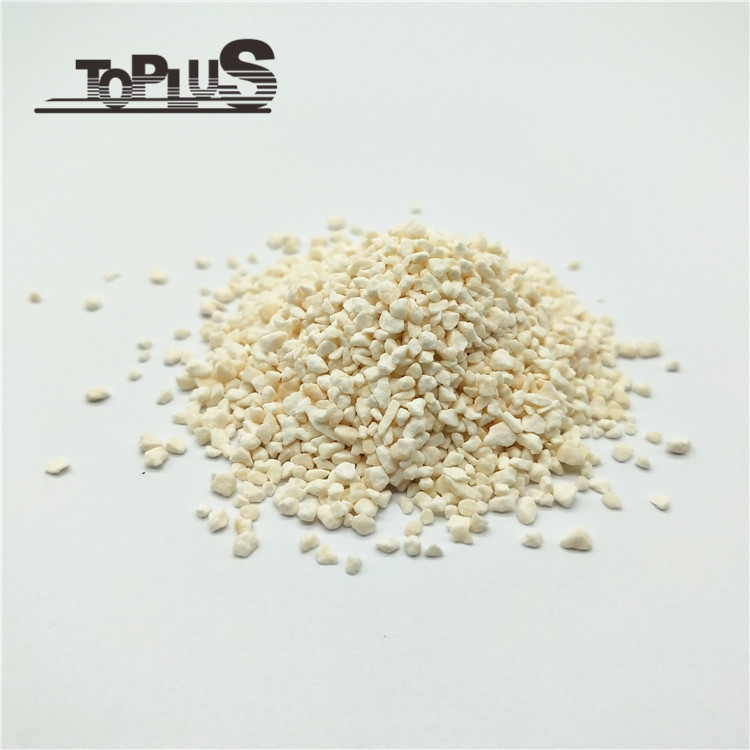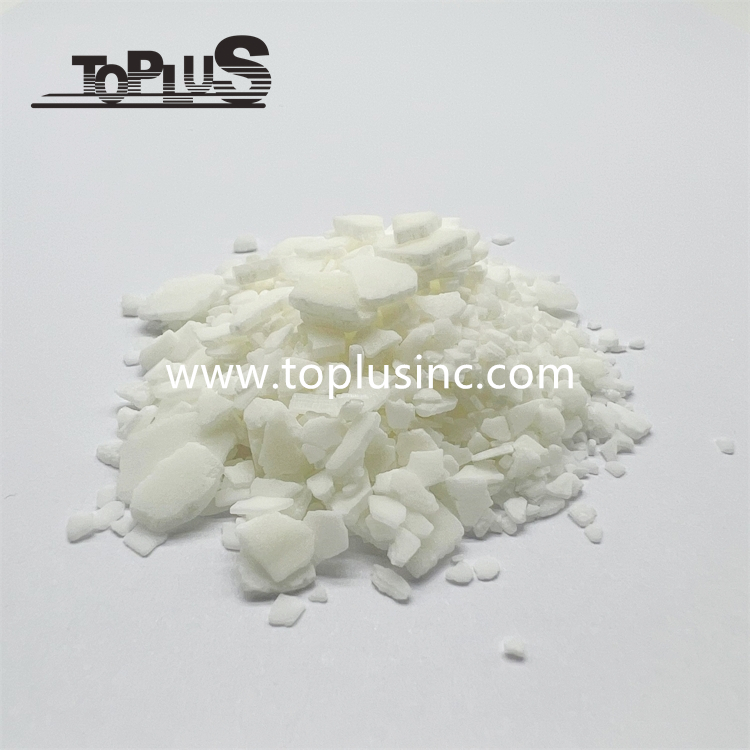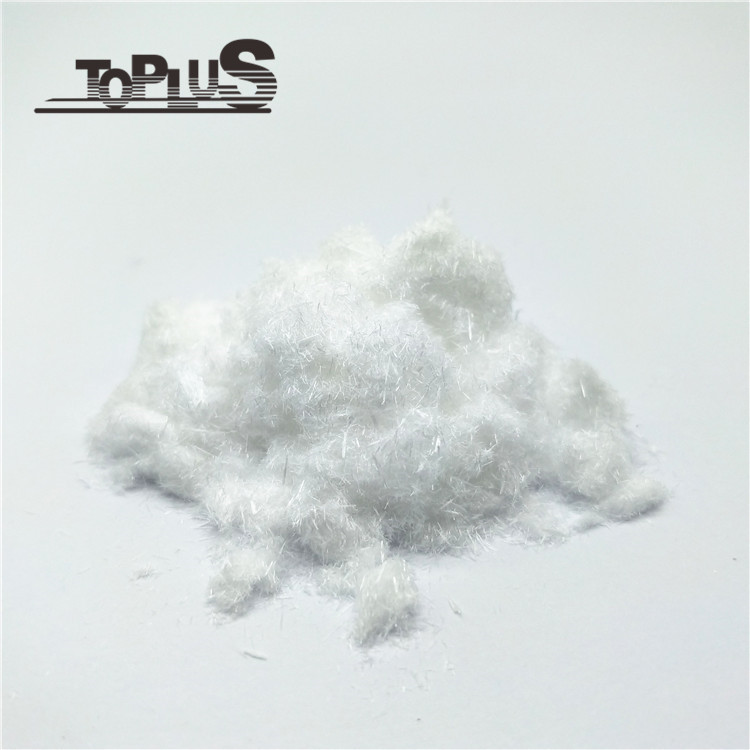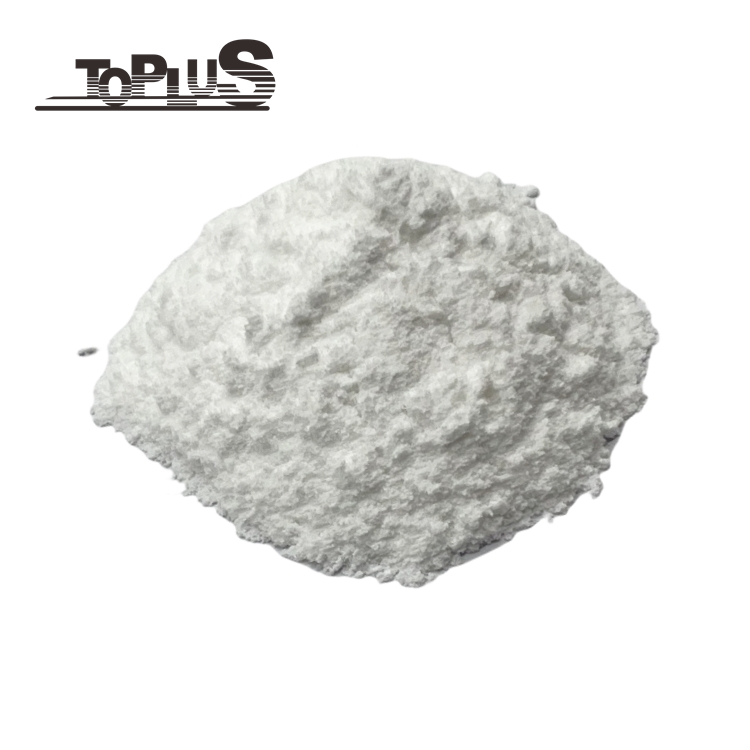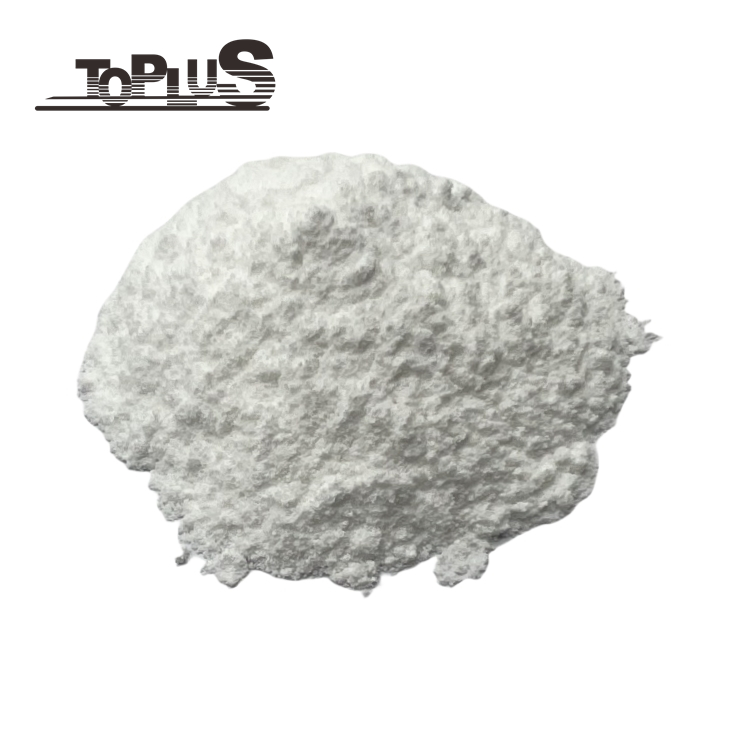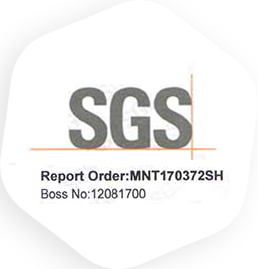



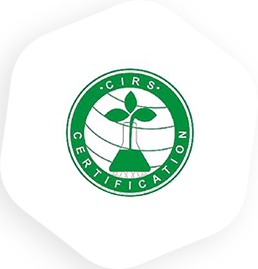
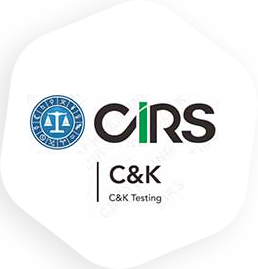
Ceramics Materials
After high-temperature molding and sintering, natural or synthetic compounds can form a new inorganic non-metallic material. This new material is Ceramics Materials, the famous star in the new century. Ceramics consists of daily-use, artistic, and industrial ceramics according to their uses.
Industrial Ceramics refers to ceramic products used in various industries. On the one hand, high temperature, anti-corrosion, wear, and erosion resistance are unique properties of Industrial ceramics. Secondly, industrial ceramics can perform well in harsh working environments to replace metal and organic polymer materials.
Therefore, industrial ceramics have become an indispensable and vital material in traditional industrial transformation, emerging industries, and high-tech. Meanwhile, for the same reason, initiatives like energy, aerospace, machinery, automobiles, electronics, and chemicals prefer industrial ceramics.
Devoted to the ceramic field for decades, Toplus currently provides various Ceramics Materials for industrial ceramic factories worldwide. These ceramic products include oxides (such as cobalt oxide, nickel oxide, chromium oxide, titanium dioxide, etc.), nitrides, borides, carbides, and various ceramic pigments and glazes.
| Product name | Molecular Formula | Cas No. | Synonym | ||
|---|---|---|---|---|---|
 | Zirconium carbide | ZrC | 12070-14-3 | Zirconium Monocarbide | |
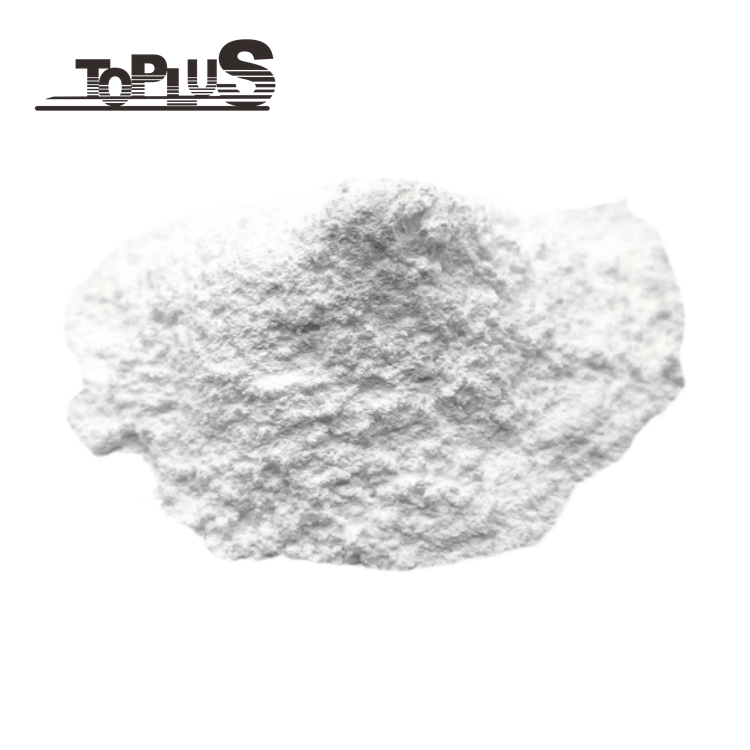 | Zinc carbonate ZnCO₃ | ZnCO₃ | 5263-02-5 | Basic zinc carbonate | |
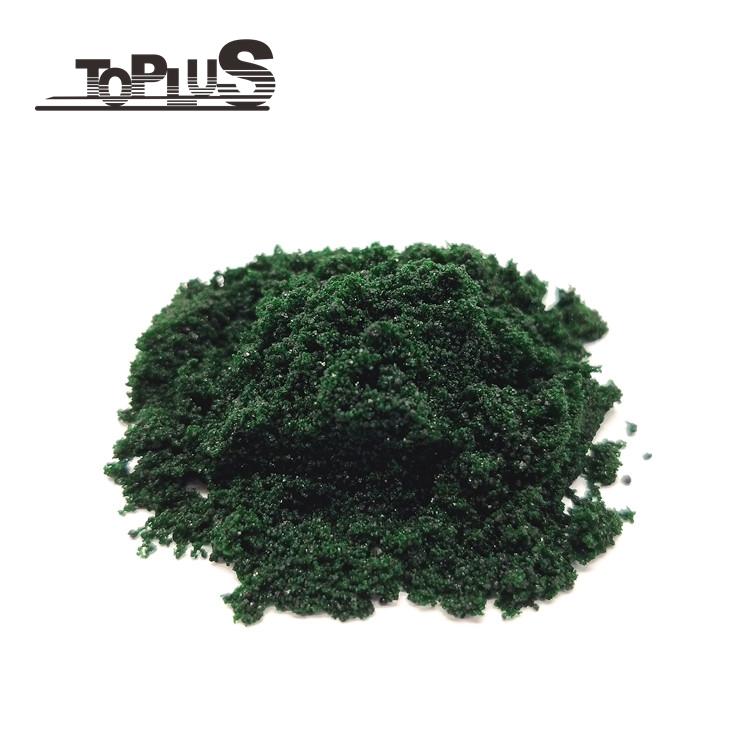 | Industrial Grade Chromium Chloride Hexahydrate | CrCl₃·6H₂O | 10060-12-5 | Chromium(III)chloride hexahydrate | |
 | Chromium Chloride Hexahydrate | CrCl₃·6H₂O | 10060-12-5 | Chromium(III)chloride hexahydrate | |
 | Industrial Grade Potassium Chloride | KCl | 7447-40-7 | Potassium chloride;Muriate of potash;Kaliumchlorid |

 Agricultural Materials
Agricultural Materials Ceramics Materials
Ceramics Materials Electronic Materials
Electronic Materials Metallurgy Materials
Metallurgy Materials New Energy Materials
New Energy Materials Petrochemical Materials
Petrochemical Materials Surface Treatment
Surface Treatment